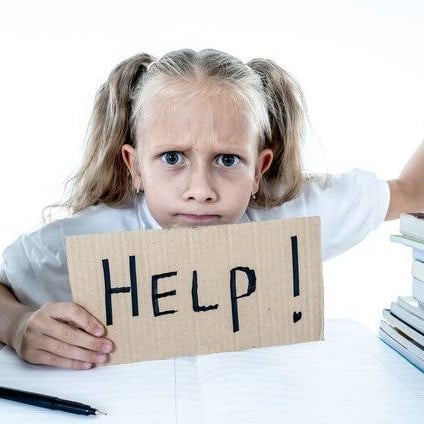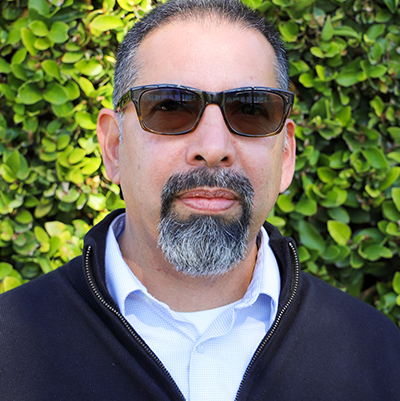Status: Live
Hello
Date Posted: 04/04/2025
Category: Education
Due Date: 09/04/2025
Willing to Pay: $15.00
Due Date: 09/04/2025
Willing to Pay: $15.00
Instruction
Part 1 In today's classrooms, there is little downtime and many requirements to cover throughout the day. Try not to get caught in the mindset of getting done everything that is required but, instead, blend the requirements into effective lessons. It is easy to simply say there is not enough time for creativity and small group interactions. But, if we integrate collaboration and communication, we will make more effective use of time. communication theory and reflect on the classroom experiences you had over the program. This includes examples of verbal, nonverbal, and listening strategies that were effective. Reflect on why they communicate differently with different students.Reflect on your demonstration teaching placement and the videos used to capture student learning for the observations. ( I’m in a kindergarten class please talk as your in the classroom. The students are all Hispanic and fun and start children, I have one child that has a iep. We do math, reading, and writing and also have fun activities. ————————————————————————- Part2 While you are busy trying to address a problem in your classroom and create materials to tackle this challenge, the teacher next door may already have this knowledge to share with you. Sometimes the lack of communication stems from limited time or embarrassment. It is not always easy to ask for help or admit that we are struggling in our own classroom. However, asking for guidance in the classroom does not just benefit the teacher but the students, as well. It is our duty to be effective teachers and sometimes we must ask for a new perspective. Teachers are often overloaded with paperwork, assessments, meetings, and more; take advantage of the greatest resource available, your colleagues! Think about your current demonstration teaching experience. How did collaboration and professionalism play a role? What connection did you experience between the two? *Discuss the importance of collaborating with professional colleagues, from the school and community, to meet the individual needs of children and families. *Describe examples of when you collaborated or wished you had the opportunity to collaborate. *Explain how effective collaboration ties into professionalism. *After reviewing the Code of Ethics for Minnesota Teachers and your own state, explain professionalism (what it is). *Provide a connection to a theorist's educational philosophy to support your definition. *Suggest ways to create a positive, productive learning environment within the entire school. Explain who might be involved in this process. The teacher help a lot and their very professional im in a kindergarten class in ga
Attached
No File uploaded yet.
Tutor Uploads
No File uploaded yet.
Bidders
31
Average bid
$16.9























